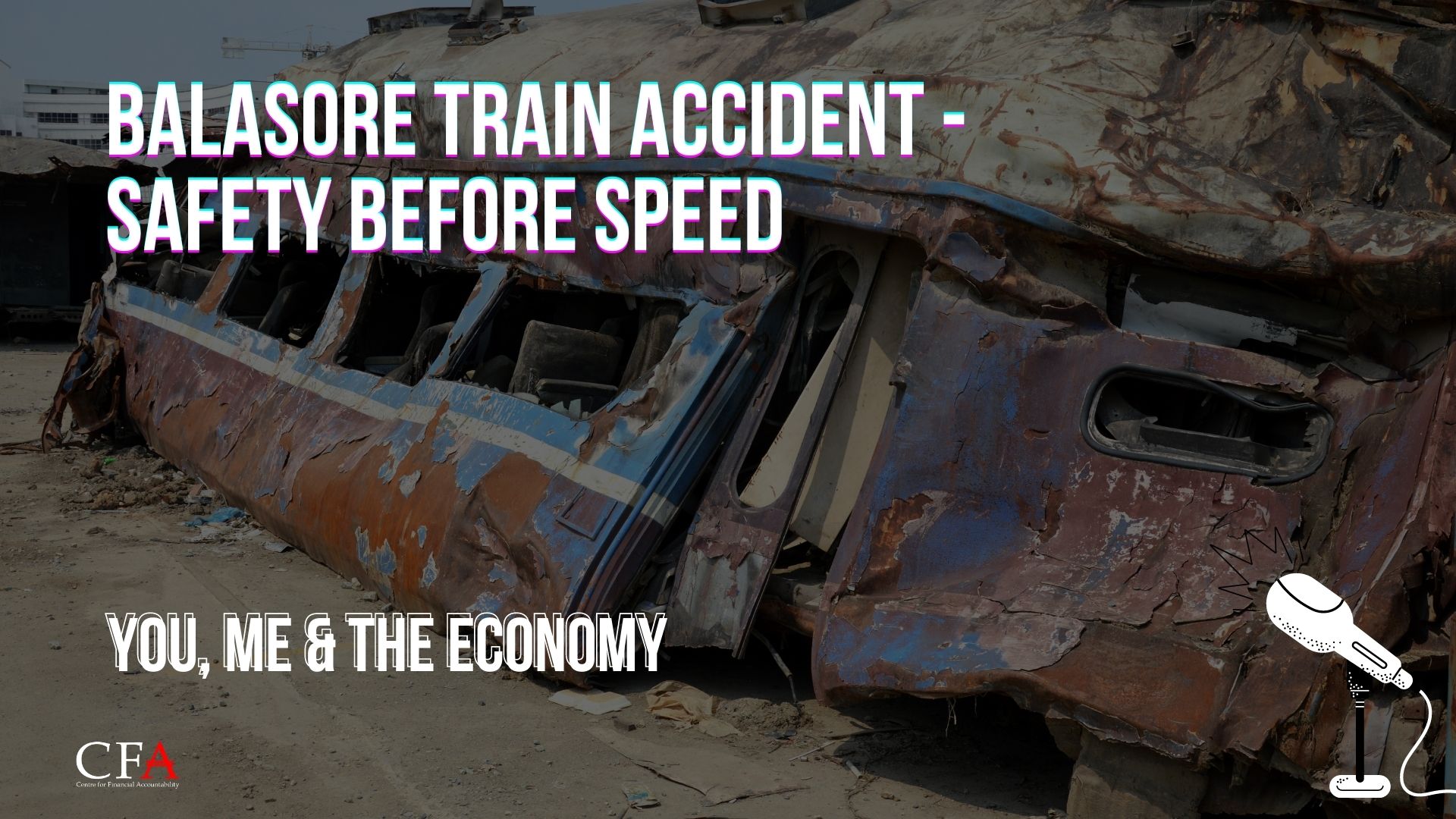The triple train collision in Odisha on 2nd June, left about 300 dead and over 1000 injured, sending the country in shock and horror. Most passengers in the crowded Howrah-Chennai Coromandel Express were migrants travelling to seek work in Chennai. The train ran on all days of the week, and was still crowded, which clearly means the route lacked more trains. But the incident has brought our focus to a glaring question before we can talk about trains—the safety of existing trains.
Do we need luxury trains or safe and reliable trains? Do we need Vande Bharats that cost over Rs 1000 even for a small journey or trains that the poor take to work, to healthcare, and to a livelihood? This accident has also laid bare our idea of development that is increasingly anti-people and anti-poor.
Just a few weeks ago, railways announced that they are shutting down all non-AC coaches and are going to run trains with only AC coaches, except for some local trains. They have introduced 18 Vande Bharat Express, the high-speed train which is faster, more comfortable, and more convenient. But obviously, not everyone can afford these.
The number of rail accidents has declined in recent years, from 139 in 2014-2015 to 55 in 2019-2020. But the cause of the accidents is the same in most cases- derailment. On one hand, the country’s vast rail network is being renovated with new high-speed trains and modern stations. On the other hand, the policymakers’ focus on speed is at odds with their focus on safety.
Several reports in the past, including the CAG report to the parliament in December 2022 have deliberated on ways and means of enhancing safety in railways. But the recent incident has shown that their recommendations have not been taken up seriously.
Kakodkar Committee, a high-level safety review committee, made several recommendations on railway safety in their report in 2012. These included the setting up of an independent statutory railway safety authority, and the adoption of an Advanced Signalling System across the 19,000 km track route, within 5 years.
A Train Collision Avoidance System (TCAS) was developed in the subsequent years, later renamed as Kavach by the Modi government. The Kavach system automatically stops trains when other trains are detected within a certain distance on the same route. But so far it’s working on just 2% of the network.
According to government data accessed by India Today, the South East Railway Zone had been allocated a budget for the Kavach anti-collision system, but the money was never used.
As per the government budget document, South Eastern Railway was granted Rs 280 crore approval for automatic block signalling, centralized traffic control and train collision avoidance system on balanced sections of high-density network routes for 2021-2022. This fund remains unused to this day. Why wasn’t the budget used? Because, tenders for safety work in the area have not yet started, as per the sources in the railway ministry.
Another fund, Rashtriya Rail Sanraksha Kosh (RRSK), a dedicated fund to improve railway safety was launched in the budget 2017-18. The CAG report also disclosed that this fund was used to purchase foot massagers, tableware, electrical appliances, furniture, winter jackets, to plant gardens, build toilets, pay salaries and bonuses, and install a flag.
Leaving these lapses aside, whenever a rail accident occurs, it is assumed that the cause is manual error. Therefore, lower-level functionaries, are held responsible for the accident. What is needed, instead, is an introspection of the government’s own policies and programmes that could have indirectly contributed to such accidents.
Instead of finding scapegoats and trying to shift the blame, the government and the Ministry of Railways should take responsibility and take corrective action. Everyone needs a safe and affordable transport system before speed.
—
Thank you for listening to You, Me and the Economy. Now you can listen to this podcast on your favourite podcast app; find us on Spotify, Amazon Music, Google Podcast, and Hubhopper!
Centre for Financial Accountability is now on Telegram. Click here to join our Telegram channel and stay tuned to the latest updates and insights on the economy and finance.

